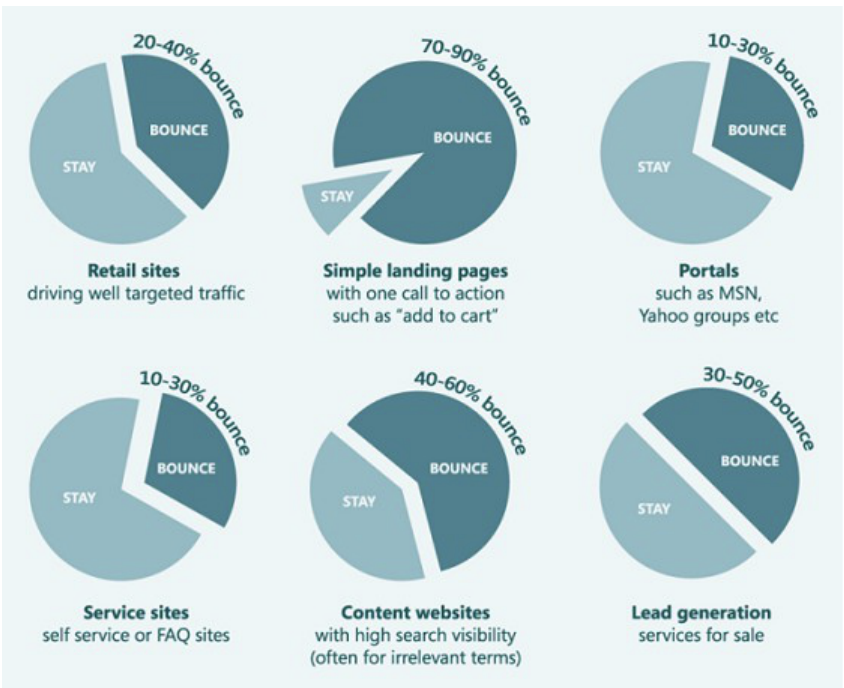Why do we need to discuss about Bounce Rate? Because bounce rate is an indicator of the problem between your website / blog and Visitor. Unfortunately, bounce rate cannot tell you whether visitors really read and enjoy your content.
Google Support explains that Bounce Rate is the percentage of visitors leaving your site without interacting with it. Google takes bounce rate as one of the factors to calculate your site ranking.
There are a number of factors or indications that influence the bounce rate, for example:
- Visitors leave your site because there may be problems with the design or navigation.
- Visitors have found the information they are looking for on that one page, so they do not continue searching (interacting) on your site.
- Visitor clicks on a link that leads to another page (different website)
- Visitor clicks the "back button" to leave your website
- Visitors close your browser page or web tab.
- Visitor writes new url in your web tab.
- Pop-up ads, surveys, music, or streaming video.
- Old page takes a long time to load (open).
- Session timeout.
It is known that a blog is visited by 5000 visitors per day and 2000 of them only visit one page, so the bounce rate can be calculated as;
(2000/5000) * 100% = 40%So the bounce rate formula is
Br = Tv / Te
Br = Bounce rate
Tv = Total number of visits viewing one page only
Te = Total entries to page
The bounce rate problem is not only experienced by novice website players, large companies sometimes also experience the same thing. Here is a comparison of bounce rates in the industrial world.

How to Overcome Bounce Rate
- Maintain Your Brand or Your Site Ranking
- Provide quality and relevant content
- Make navigation/menu clear and easy
- Make your landing page design (your web template) lighter, so it loads quickly.
- Check your web design on google speedtest.
- Remove your pop-up ads7. Reduce external links (or create external links that open in a new tab).

